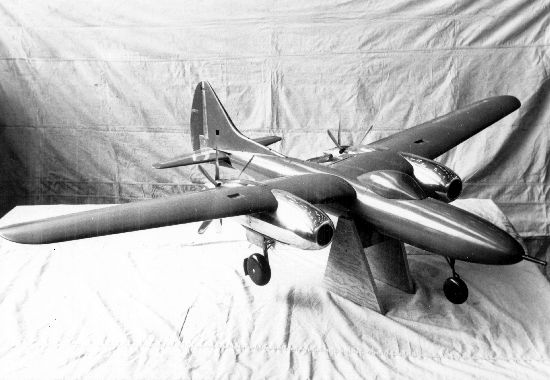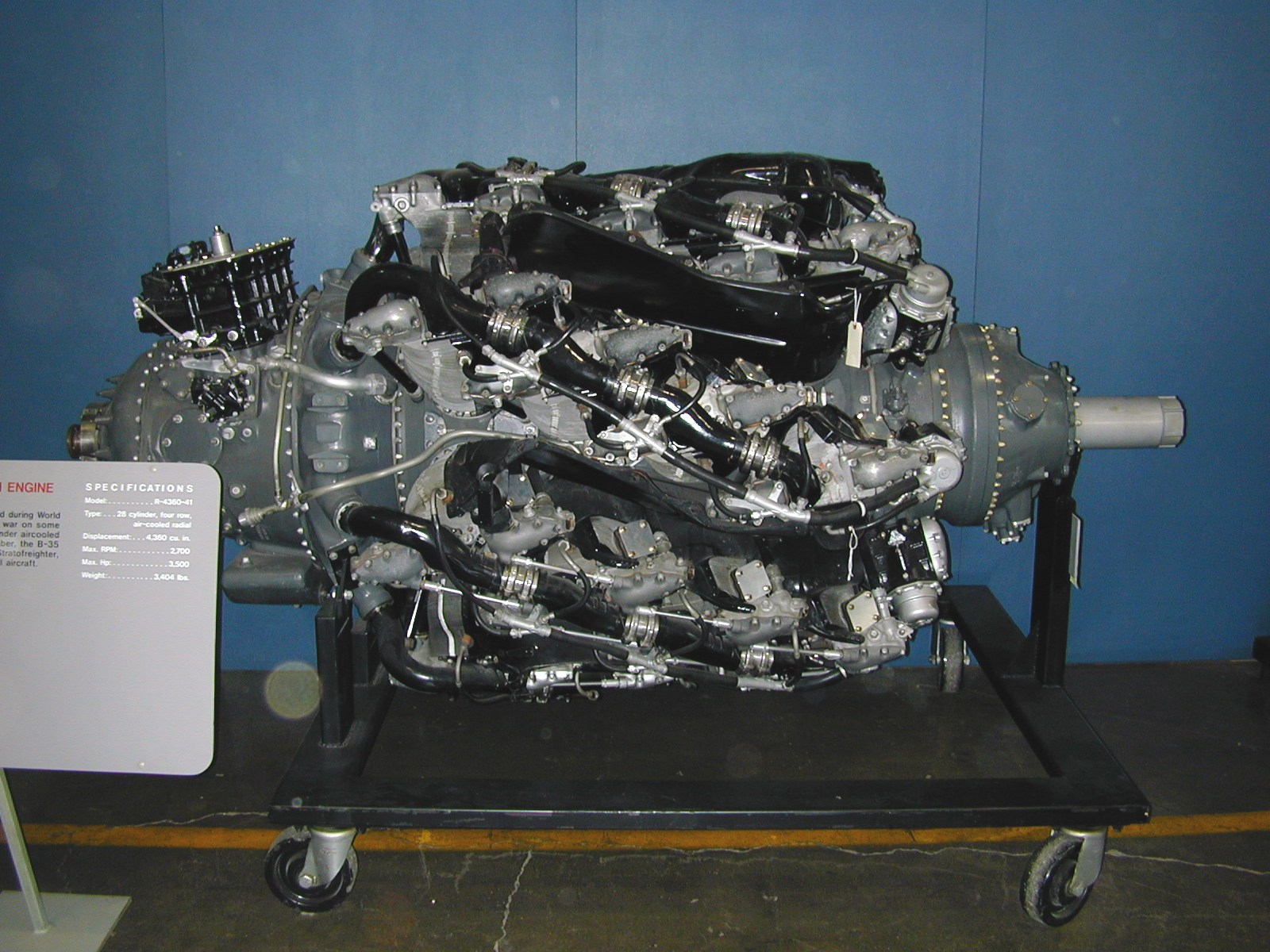We return to the realm of pusher aircraft with the Curtiss proposal for a long-range escort fighter/interceptor. In 1941, the Luftwaffe and Wehrmacht had run rampant across Western Europe, and England stood alone against the seemingly unstoppable armies of the Third Reich.
We now know that any attempt by Nazi Germany to invade the British Isles would have failed. They lacked the equipment, training, and resources to implement Operation Sealion. And any attempt would have turned into a mostly one-sided slaughter. But at the time the possibility seemed dire, leading the USAAF to set requirements for aircraft that could bomb targets in Europe if there were no bases available in England. To escort these bombers to and from their objectives, they needed a fighter with the range and speed to keep up.
If it had been built the XP-71 would have been the largest American fighter of the entire war, even larger than contemporary American medium bombers like the B-25 and B-26. With a wingspan of more than eighty feet, and more than sixty feet long, it would have carried a 75mm cannon in the nose, plus two 37mm cannons.
The two-man crew would have had a pressurized cockpit. Planned propulsion was to have been a pair of turbosupercharged R-4360 Wasp Major engines driving counter-rotating pusher propellers.
The Wasp Major engine was the last of the Wasp family of engines produced by Pratt & Whitney. It was a 28 cylinder radial engine that produced more than 2,500 horsepower. In the R-4360-51 VDT, it produced 4,300 horsepower. While it didn’t take aircraft into WWII, it was widely used until the advent of turboprop and turbojets. Many postwar aircraft like the B-36, the Globemaster II, the Spruce Goose, and the F2G Super Corsair all used the Wasp Major. But there were problems, like how if started wrong all 56 spark plugs would be fouled, meaning hours of work to clean or replace them. When multiplied by say, the SIX engines in the B-36, it is clear how this could be an issue.
The XP-71 never even made it to the prototype stage. It was canceled on August 26th, 1943. By then it was clear that England would not fall, and aircraft like the P-51, P-47, and the P-38 were up to the task of escorting bombers. Though I'm not sure about its abilities as a fighter given its large size and weight. The German heavy fighters like the Me 110 were mitigated by proper tactics during the Battle of Britain due to their lack of maneuverability. These would only be worse for the XP-71 with its large size and total lack of rearward armament.
Specifications: XP-71 (Projected)
Dimensions:
Wingspan: 82' 3''
Length: 61' 10''
Height: 19'
Wing Area: 602^2 feet
Weight:
Empty: 31,060 lb
Gross: 39,950 lb
Maximum: 46,950 lb
1940 gallons of fuel
Performance:
Top Speed: 428 mph @ 25,000 Feet
Landing Speed: 97 mph
Service Ceiling: 40,000 Feet
Range: 3,000 Miles
The photo is of the wind tunnel model produced by Curtiss.
The armament of one 75mm and two 37mm cannons is vague, but I think that some reasonable assumptions can be made.
The 37mm cannons would probably be 37 mm Automatic Gun M4s, designed by the Browning Arms Company, and built by Colt. This was the heavy hitter of the Bell P-39 and P-63, but was unpopular in American service due to its awkward trajectory. The Soviets loved the P-39 though, receiving almost 5,000 of them via lend-lease in WWII.
The 75mm cannon, according to the third volume of Chinn's The Machine Gun, was to be a 75mm gun M2. Aircraft carried 75mm guns are a complex topic though, and it is probable that the XP-71 would have gotten a different type of cannon by the time it was close to production, like the T9E3/M10 used on aircraft like the XA-38.
The armament of one 75mm and two 37mm cannons is vague, but I think that some reasonable assumptions can be made.
The 37mm cannons would probably be 37 mm Automatic Gun M4s, designed by the Browning Arms Company, and built by Colt. This was the heavy hitter of the Bell P-39 and P-63, but was unpopular in American service due to its awkward trajectory. The Soviets loved the P-39 though, receiving almost 5,000 of them via lend-lease in WWII.
The 75mm cannon, according to the third volume of Chinn's The Machine Gun, was to be a 75mm gun M2. Aircraft carried 75mm guns are a complex topic though, and it is probable that the XP-71 would have gotten a different type of cannon by the time it was close to production, like the T9E3/M10 used on aircraft like the XA-38.
Sources:
American Combat Aircraft, Third Enlarged Edition. Wagner, Ray
https://web.archive.org/web/20121009222039/http://www.nationalmuseum.af.mil/factsheets/factsheet.asp?id=2271The Machine Gun Volume III. Col. Chinn, George



Comments
Post a Comment